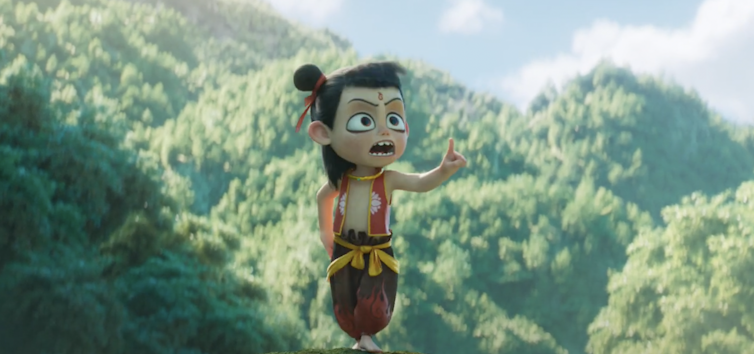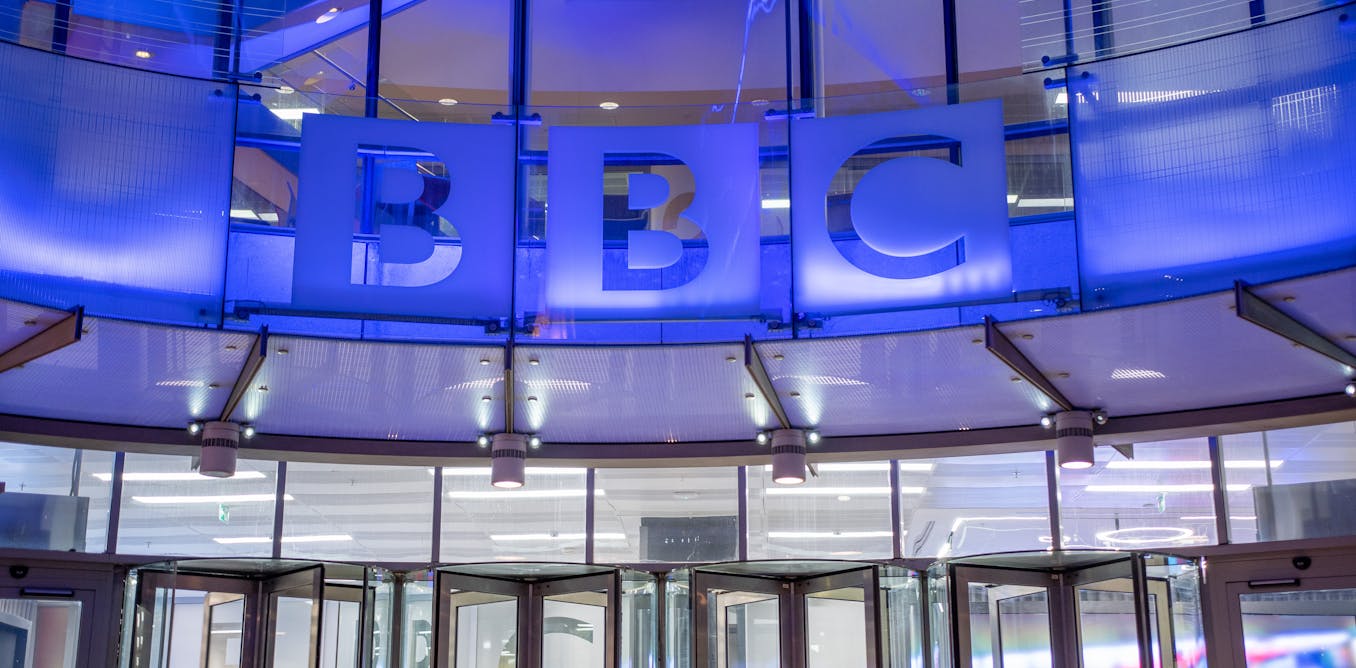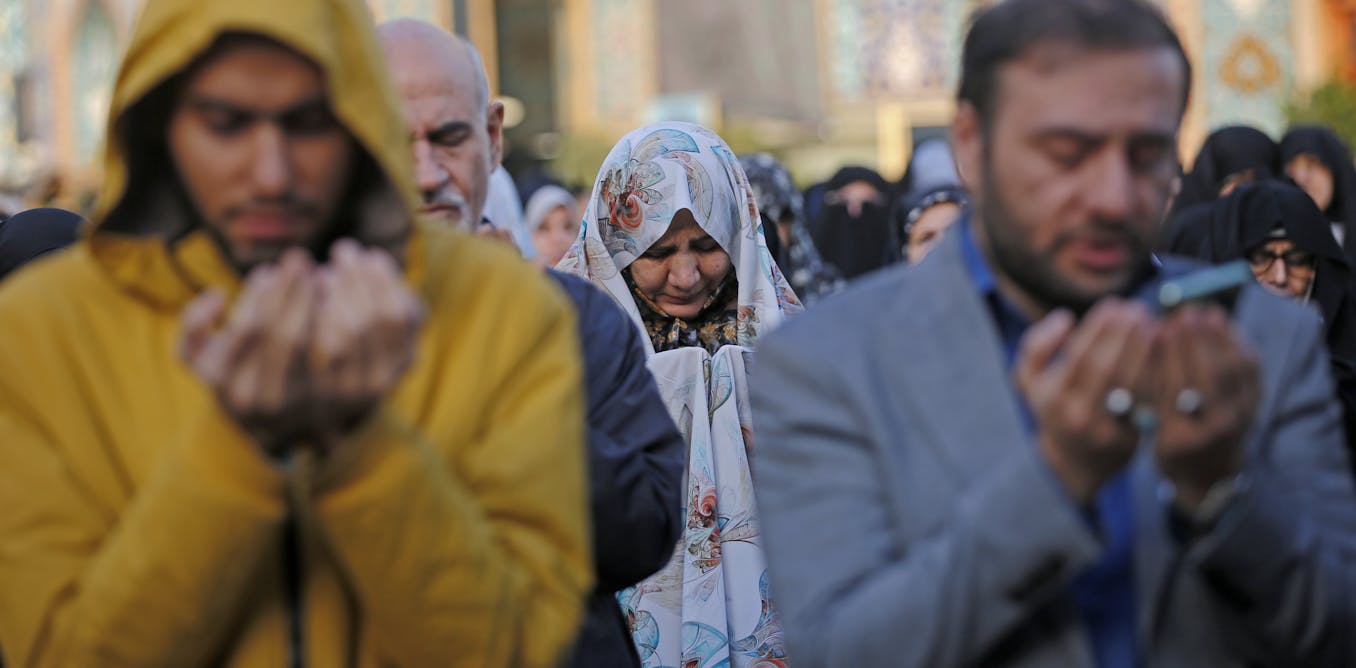Ne Zha is a legendary child warrior from Chinese mythology, often depicted as a rebellious deity who defies fate to carve out his own destiny. Born as a demon, feared for his supernatural powers and doomed to live only three years, he struggles to overcome his destiny and forge his own path.
A new Chinese film about the warrior has broken several box office records, including becoming the highest-grossing animated film of all time (beating Pixar’s Inside Out 2).
Ne Zha 2 is a Chinese animated fantasy adventure film. That it is breaking so many records might seem surprising. It’s a sequel to a film that didn’t do as well, it’s not American and it’s not in English. But its record-breaking run seems to show no signs of slowing down. After debuting during the Chinese Lunar New Year, its success has seen it premiere abroad in regions such as wider Asia, North America and Australia.
For years, Hollywood has dominated China’s box offices, but the release of Ne Zha 2 marks a significant milestone in China’s cinematic and cultural expansion. Its unprecedented box office performance seems to signal a shifting dynamic in the global film industry.
Looking for something good? Cut through the noise with a carefully curated selection of the latest releases, live events and exhibitions, straight to your inbox every fortnight, on Fridays. Sign up here.
It showcases China’s ambition and ability to produce world-class content that competes with western animation giants, like Disney and Pixar. It also plays a role in enhancing cultural confidence and soft power projection, which President Xi Jinping has emphasised for years.
Capturing a feeling
The story of Ne Zha, and its many adaptations, have long captivated Chinese people of all ages – including me. I fondly recall watching the 1979 version on a black-and-white TV with my family when I was little. The story originates from the Ming dynasty (1368 to 1644) novel Fengshen Yanyi (Investiture of the Gods) and over the centuries, it has been reinterpreted in various cultural forms of religion and literature.
The original plotline of Ne Zha revolves around his rebellion against feudal patriarchal authority. This struggle is set against a backdrop of familial conflicts and even attempted patricide. In contrast, today’s reinterpretation recasts this mythological unruly child as a dutiful deity who fights for his clan’s interests by forging alliances, confronting rival factions and challenging the existing order.
As a commercial film, it has astutely tapped into the emotional needs of contemporary Chinese audiences in a society facing various challenges, such as economic downturn and rising unemployment. Themes of familial love and supportive parenting have struck a deep chord with Chinese audiences, offering both cultural and sentimental reassurance in uncertain times.
Another clear resonance with domestic audiences lies in the themes of Chinese technological success and cultural excellence. This has cultivated a strong sense of cultural identity and national pride among Chinese people.
In China, no words currently seem to better capture the feelings after watching the movie than “pride” and a sense of patriotism – both for the film’s visually striking animation techniques and for its depiction of China’s rich cultural traditions. However, the film needs to be understood within the broader contexts of China’s domestic landscape and its evolving position on the global stage.
‘Cultural confidence’
Beyond entertainment, Ne Zha 2’s success fits within President Xi Jinping’s ideas on “cultural confidence,” which can be succinctly defined as a nation’s firm belief in the strength and vitality of its own culture. Since the film’s record-breaking performance, state media and various state-owned outlets have been actively echoing this narrative.
People’s Daily, the official newspaper of the Communist Party of China, equates Ne Zha to China’s cultural confidence as a means to expand soft power and navigate uncharted territory. This emphasis on cultural confidence, however, is not merely state-driven.

Enlight Pictures
The film’s director, Jiao Zi, has expressed his confidence in China’s traditional culture, stating: “China’s stories don’t need to deliberately cater to the west.” Instead, he believes that traditional Chinese culture is a vast treasure trove of inspiration, which is interesting to all.
Indeed, Ne Zha is not an isolated success in drawing inspiration from traditional Chinese culture. Last year’s Black Myth: Wukong, a record-breaking gaming blockbuster, gained global attention at the 2024 Game Awards (the Oscars of the video games industry). Like Ne Zha, it’s based on another legendary 16th-century Chinese novel Xiyouji (Journey to the West). China’s official news agency, Xinhua, characterised the enduring popularity of these ancient tales as “part of a broader cultural renaissance”.
Ne Zha’s success is emerging as a key example of China’s growing cultural identity, aligning with the cultural confidence discourse. A foreign ministry spokesperson has described Ne Zha as “a new bridge for exchanges” and “a fresh window for the world to see China”.
Whether Ne Zha 2 achieves lasting international success remains to be seen. But one thing is clear – Chinese animation is no longer just for domestic audiences. The film’s popularity reflects China’s broader ambitions to expand its soft power alongside its growing economic and strategic influence.

The post “the record-breaking Chinese animated film showcases China’s ambition on the global stage” by Ming Gao, Research Scholar of East Asia Studies in History Division, Lund University was published on 02/19/2025 by theconversation.com


































Leave a Reply